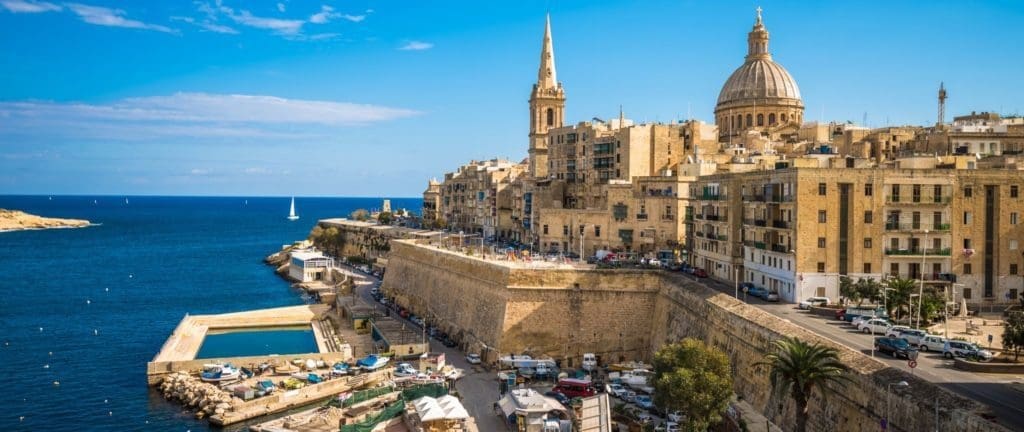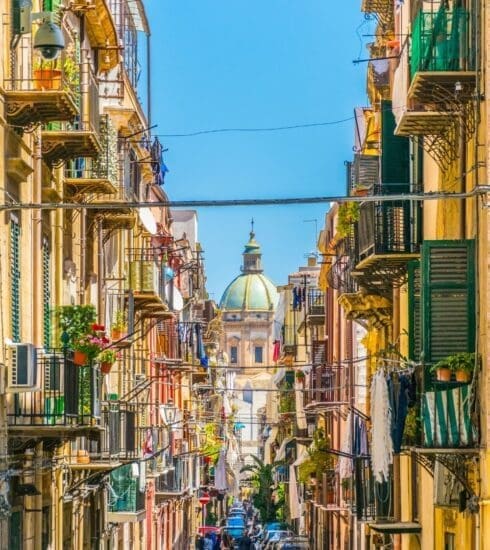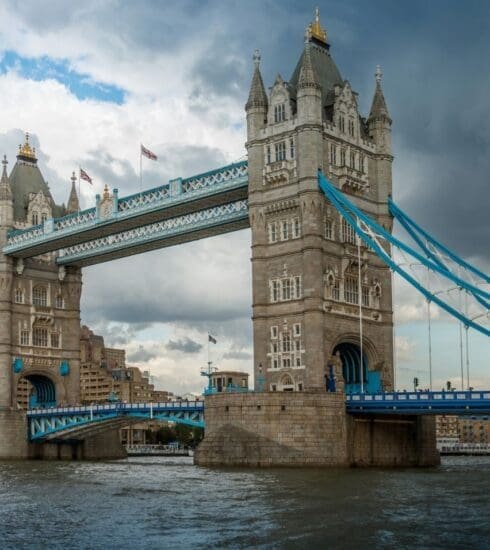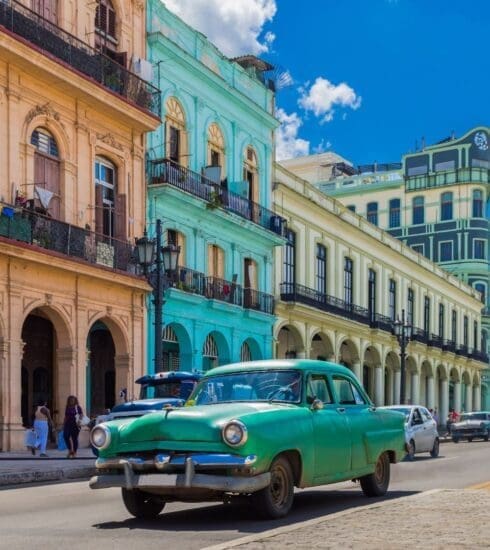Exploring the Rich History, Architectural Splendor, and Cultural Charms of Valletta

Valletta is not only the capital of Malta but also the smallest capital city in the European Union. It covers an area of just about 0.8 square kilometers (0.3 square miles). Despite its small size, the city is packed with historical and cultural significance. Its architecture showcases a mix of Baroque, Mannerist, and Neo-Classical styles, reflecting various periods of the city’s history.
One of the most iconic landmarks in Valletta is St. John’s Co-Cathedral, known for its lavish interior and stunning artwork, including paintings by the famous artist Caravaggio. The cathedral is a testament to the island’s deep religious heritage.
Valletta’s strategic location in the Mediterranean has made it a center of trade, diplomacy, and conflict for centuries. Its grand fortifications, such as the impressive Fort St. Elmo, tell the story of its military importance in defending the island against various invaders.
The Grand Harbour of Valletta is one of the most picturesque and historically significant harbors in the world. It has served as a natural harbor for centuries and has witnessed countless maritime events, from battles to trade. Today, it remains a bustling port and a favorite spot for tourists to admire the city’s skyline.
In recent years, Valletta has undergone a revitalization process that led to its designation as the European Capital of Culture in 2018. This recognition brought even more attention to the city’s vibrant arts scene, cultural events, and the restoration of historic sites.
Valletta’s grid-like street plan was designed by the renowned architect Francesco Laparelli, who planned the city in a way that every street would catch a breeze and have access to sunlight. This innovative design was ahead of its time and contributes to Valletta’s comfortable climate and well-lit streets. The city’s unique layout has earned it a spot on the UNESCO World Heritage List.
Valletta’s combination of historical charm, architectural beauty, and lively cultural scene make it a truly captivating destination for travelers interested in history, art, and the Mediterranean way of life.








